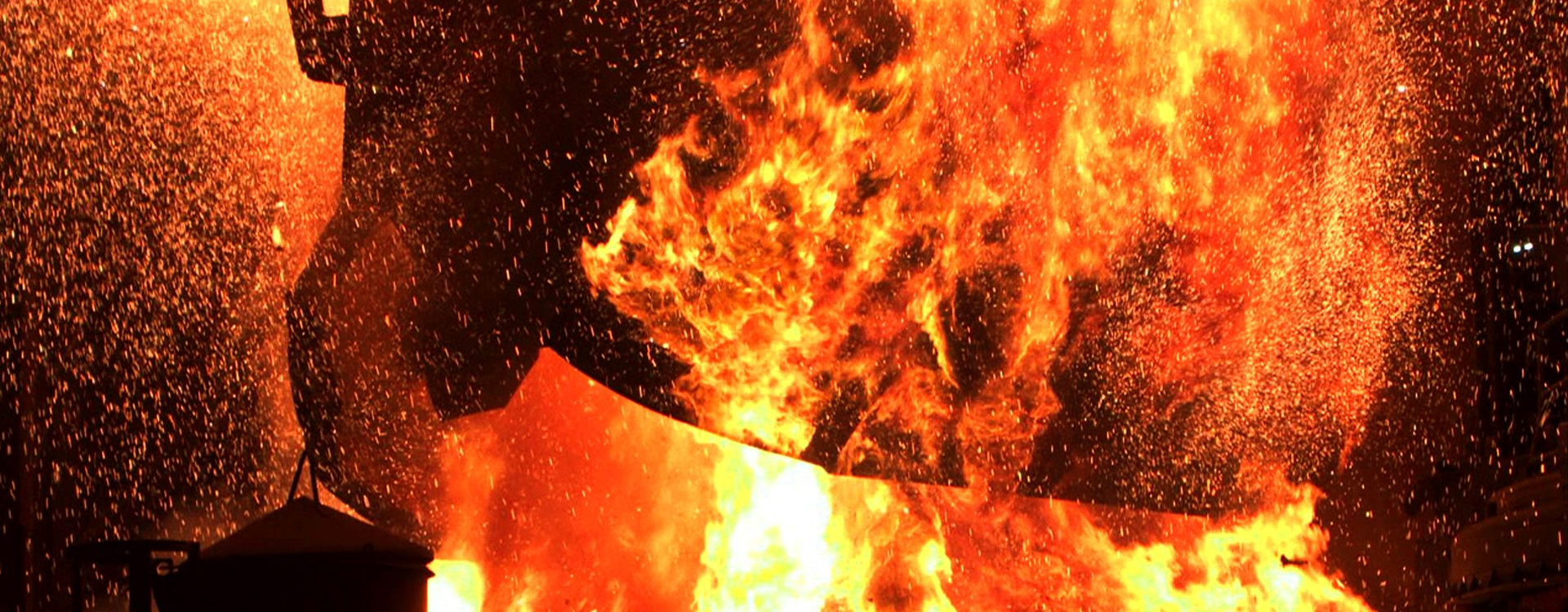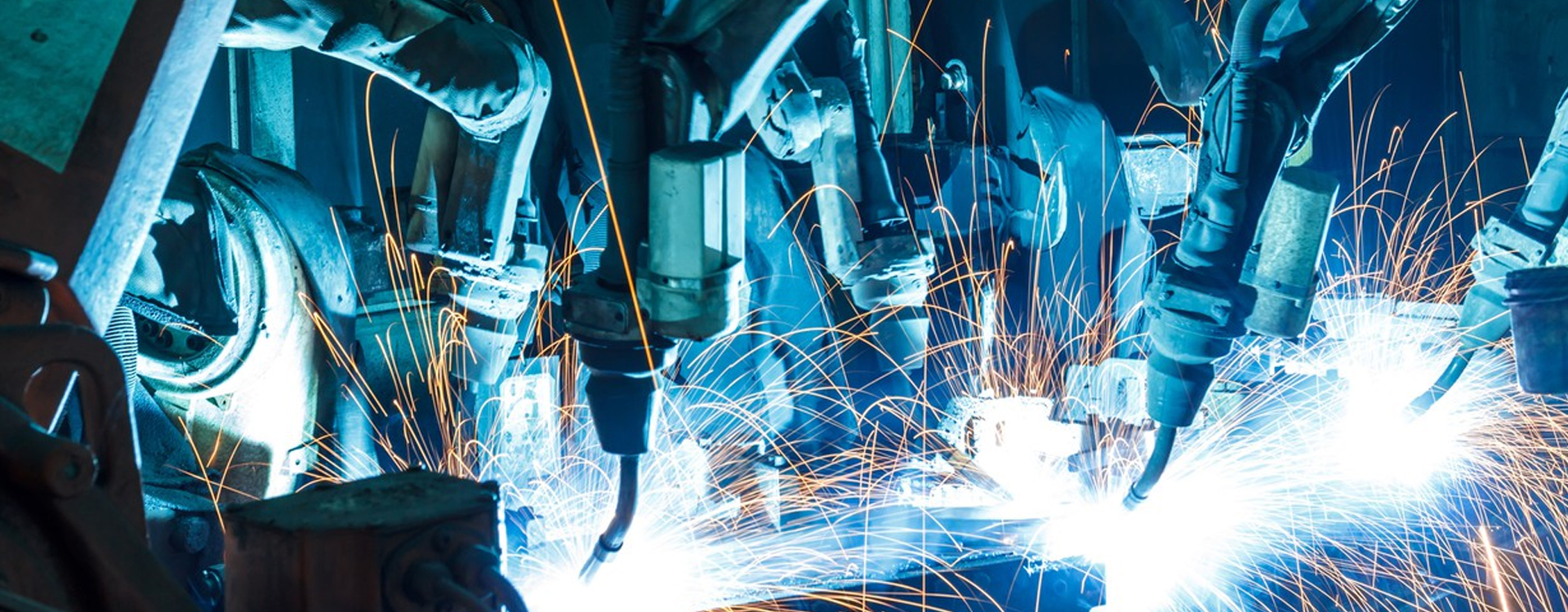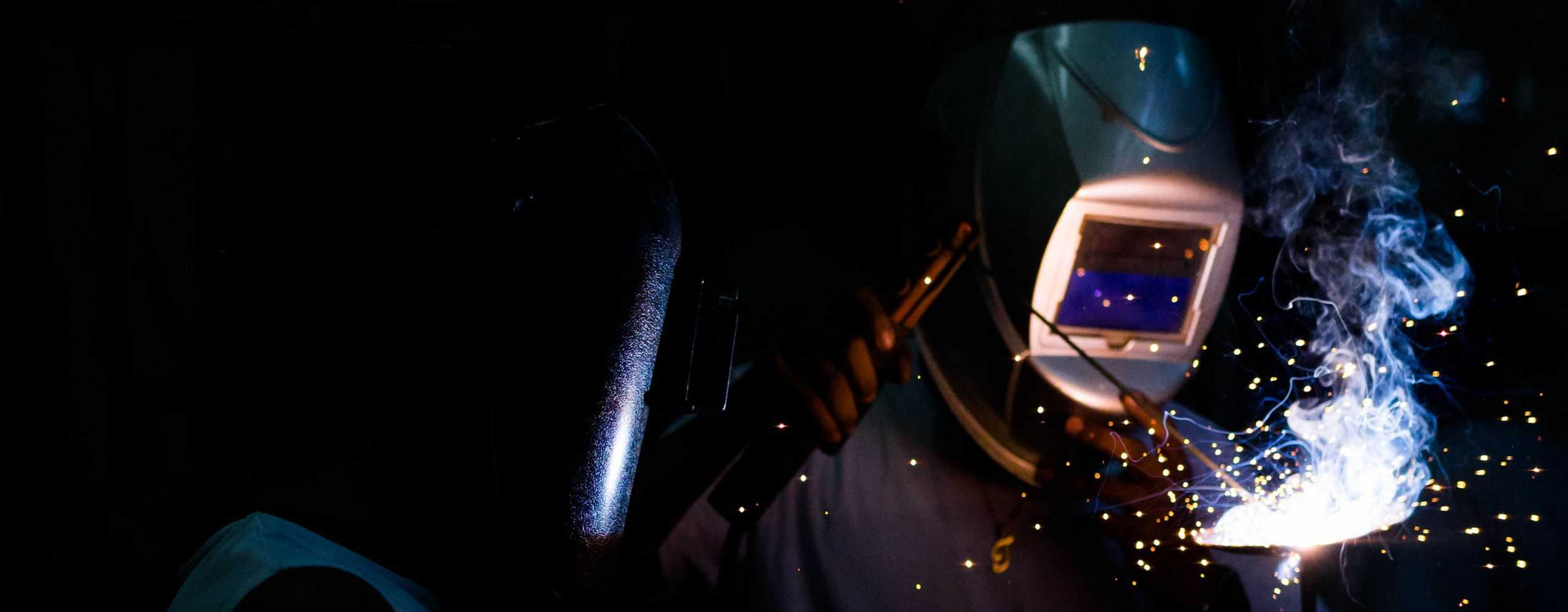Seminar Details
NITINOL is the most popular and economical shape memory alloy (SMA) used in various industries. The machinability and cold working ability of NiTi alloys are poor compared to conventional alloys. So, to reduce the post-processing of the finished product with good homogenization of elements, the powder technology route (uniaxial press and sinter) was followed. Before sintering, 450, 475, 500, 525, 550, 575 and 600 MPa compaction pressures were analysed by their green densities, and the 600 MPa compacted pellet yielded the better density. Sintering was done at 950, 1000, 1050, 1100 and 1150 ℃ with the variation of sintering time 0.5, 1, 1.5 and 2 hr. The XRD and SEM studies showed that samples sintered at 950 ℃ have oxide phases with elemental Ni and Ni3Ti phases. For samples sintered at 1000, 1050 and 1100 ℃, NiTi and Ti2Ni formed as major phases with minor phases of &betaTi and Ni4Ti3 precipitates formed inside the NiTi matrix. Needle-shaped martensitic NiTi forms inside the austenitic NiTi matrix were detected at a very high magnification of 5000x in SEM. Due to the impurities present in the Ar gas during fabrication, TiO2 was formed. The Differential Scanning Calorimetry study found that an increase in sintering time and temperature results in a faster shape memory response. Nanoindentation at room temperature shows that an increase in sintering time increases the young modulus and hardness up to 1100 ℃ and slightly falls at 1150 ℃. A step-like curve during nanoindentation at 100 ℃ shows the successful transformations between B2 and B19&rsquo phases. The wear rate decreases with an increase in speed, time and decrease in load. TiO2 and NiO formed within the wear track as per the atmospheric condition during wear.



